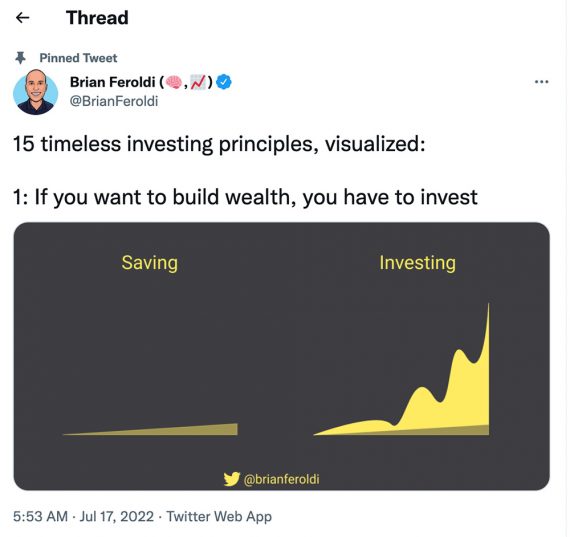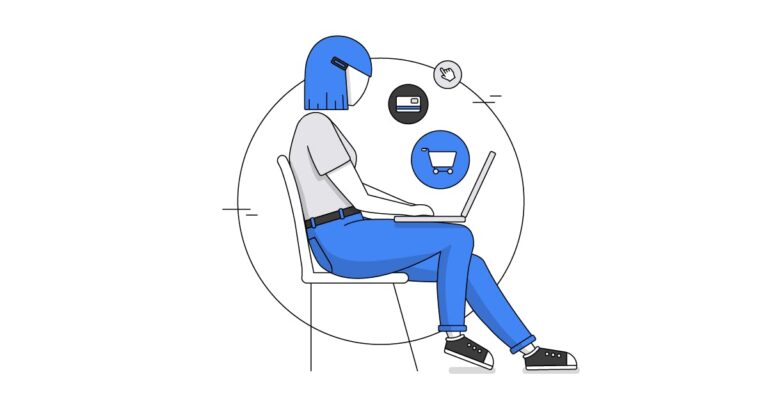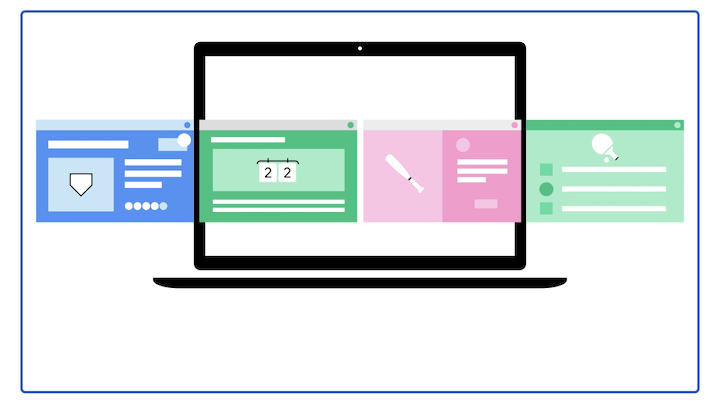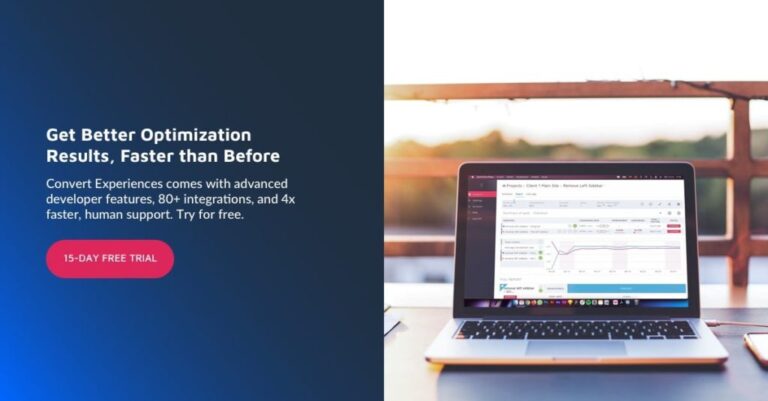Influencers are avenues for marketing your products or services. Past metrics that were once valuable for marketing agencies, like followers, might not be the most effective metric for your organization. The patterns in the industry have changed, resulting in influencers being contracted for their engagement rate – even if they have a small number of followers, relative to larger influencer personalities.
Interactions / Impressions X 100 = Engagement Rate
What is an influencer engagement rate?
By using reach (number of viewers who have seen your post), you’re able to understand the posts with which active followers and content viewers engage. With these insights, you’ll be able to adapt your strategy according to your post quality, rather than how the algorithm pushes your content.
Furthermore, you can extrapolate this question across your influencer marketing strategy. How would you know if your influencer marketing isn’t receiving the results you want, for example, if you aren’t able to understand your baseline or compare those numbers to your goals?
While these aren’t all the tools available to you, there are many out there to research and determine whether or not they are a solid fit for your organization. It’s in your interest to discover the methods for calculating influencer engagement rates that are best for your business, so you can ensure the strongest ROI for your campaigns.
So, an influencer engagement rate gives you a set number to work with in order to further optimize your strategy and decide whether or not the influencer you’re considering doing business with will be the right choice for your organization.
Additionally, when you’re looking for the perfect influencer, try to find one between the 3.5% to +6% sweet spot that also aligns with your brand’s mission and values. As always, if your organization was launching a new product for a beauty brand, you will not want to contract an influencer in the pet products industry, just because they have a high engagement rate. Your messaging and content needs to align with your influencer’s industry, general audience, and specific demographics.
There are many influencers, all with their own engagement rates. Desired engagement rates will always be different for every business and social media platform, but our rule of thumb is that influencers generally fall into one of the following categories:
If it’s too early in your business strategy to calculate your influencer engagement rate, or you’re looking for more resources on influencers, visit our blog to learn how to work with influencers directly.
What is a good engagement rate for influencers?
In the following article, our in-house advertising experts explain how to invest your time and money into an influencer strategy to get the best ROI.
- Less than 1% = low engagement rate
- Between 1% and 3.5% = average/good engagement rate
- Between 3.5% and 6% = high engagement rate
- Above 6% = very high engagement rate
Let’s take a look at a few of the calculation methods for influencer engagement rate below.
The answer is simple: engagement rate illustrates that your content resonates with your audience, as well as demonstrates the strength of your relationship with your followers. In fact, if they’re willing to share your content or to comment on your post, they’re likely willing to turn into a customer one day. Additionally, it can give directional feedback into what type of content is resonating with an audience; is it content about a certain aspect of your product (price, quality, shipping, etc.) or is it a certain type of content (static images, videos, gifs, carousels, etc.) This data can help inform future creative across the spectrum of digital properties. This method is useful when doing a broad calculation of users or possible influencers to understand where they fit into your strategy.
Any organization can publish and create content, but that content does not always secure views, shares, or other engagement. Influencer engagement rate is one of the first metrics we review when conducting an audit. What good are followers to your company if none of those followers are actively engaging with your content?
How do you calculate influencer engagement rate on Instagram?
Many social media engagement rates are calculated as follows: the number of public interactions on a post divided by the number of account followers, and multiplied by 100.
- reactions
- likes
- comments
- shares
- saves
- direct messages
- mentions
You can learn more about analyzing your ROI for influencer engagement, beyond engagement, by checking out our resource on measuring your influencer marketing campaigns here.
Method 1: Simple Data Analysis
Interactions / Account Followers X 100 = Engagement Rate
But all of this begs the question: why engage with your audience, or calculate the rate of engagement?
An influencer engagement rate is the formula that measures the amount of active interaction on your influencer’s social media or marketing content.
Method 2: Complex Data Analysis
With a complex data analysis, you’re able to get more granular and leverage your account data in order to have a more holistic picture of your Instagram engagement. You’ll need to ask an influencer for this information, as it is not publicly available on the platform. On Instagram, you can see the actual impressions of your posts by going to your account insights.
From different ratios to analyses of posts, there are many methods for calculating your influencer’s engagement rate on Instagram. We’ve included a list of some of the most common engagement metrics here:
Although these numbers might look static and have a direct correlation to the actions your influencer takes, there are still many factors at play. For instance, the time of each individual post, the frequency of posts, the number of followers, the visual content and messaging, and even the Instagram algorithm can affect your influencer’s engagement rate.
What tools exist for calculating influencer engagement rate?
If the above formulas seem difficult for you, there are also influencer engagement rate platforms that can assist you in understanding the data. Just a few to note are:
- Influencer Marketing Hub: engagement rate calculator and other tools
- Dovetale: influencer campaign site with Instagram integration
- Phlanx: online marketing platform for influencer marketing
- Triberr: influencer campaign management site
Want to learn more about influencer marketing? Take a look at all of our forecasted trends for influencer marketing in 2022.






